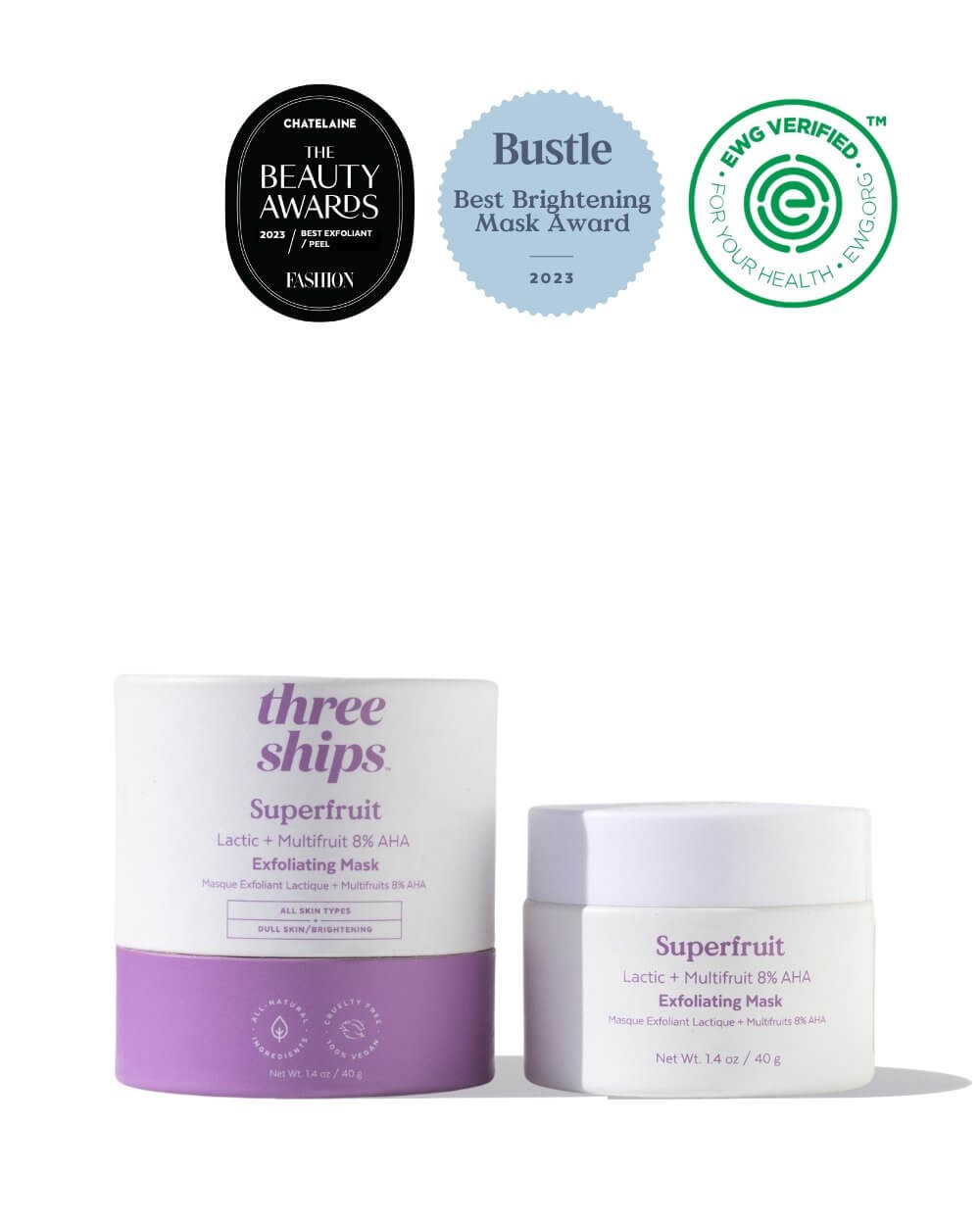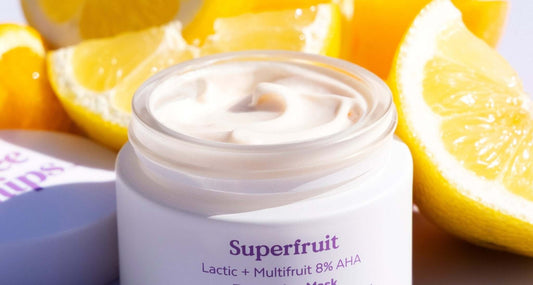Our hormone levels fluctuate throughout our lives, which can be frustrating because it also means we often have to deal with acne or spontaneous breakouts for life! Knowing your skin type, the different types of acne, and how to treat them properly can help you put your best face forward.
Skin Types
- Normal Skin - Less sensitive, less visible pores, rarely experiences breakouts and smooth.
- Dry Skin - Pores are barely visible, less elastic, red patches can be seen, peel and crack easily, prone to premature aging, inadequate levels of sebum produced.
- Oily Skin - Large amount of sebum, larger pores, shiny complexion, higher chances of getting acne.
- Combination Skin - Has characteristics of both dry and oily skin - T-zone tends to be oily, other parts tend to be flaking, sensitive to seasonal changes.
How Does Acne Develop?
Washing your face more frequently or eating less chocolate will not help your acne situation. These are myths - because acne is caused by genetics and hormonal imbalances!
- Hormonal changes - Sebum, which is produced when testosterone rises, is the biggest trouble when it comes to acne. This is what causes oily skin, which can exacerbate your skin causing acne bumps and breakouts.
- Genetic - If your parents have struggled with acne, then chances are that you might also be going through similar skin situations. Do your parents have oily skin or dry skin? Parents know best - ask them for some advice :)
- Stress - While stress does not directly cause acne, hormones such as cortisol and androgens released can worsen your acne or can lead to breakouts. Try to have quality “me” time, put on your favourite face mask, run a hot bath, and treat yourself!

Types of Acne
Acne can be categorized into two: Non-inflammatory acne and inflammatory acne.
Non-inflammatory acne
Open or closed comedones that can be caused by accumulated dead skin cells.
- Blackheads - Open comedones where top of the pore stays open while the rest is being clogged, caused by clogged pores, sebum and dead skin cells.
- Whiteheads - Closed comedones where top of the pore stay closed, and looks like a small white bump. Caused by pores clogged from sebum and dead skin cells.
Inflammatory acne:
Unlike non-inflammatory acne, this refers to pimples that become red and swollen. Often resulted from bacteria causing infection underneath the surface of skin.
- Papules - Caused by overproduction of sebum and dead skin cells. They are often small, red/pink colour and dome-shaped. Can appear on any part of the body.
- Pustules - The centre is white and yellow, filled with pus. Can be caused by many factors, including allergic reactions, hormonal imbalance, etc.
- Nodules - Latter stages of breakout accompanied with large, painful breakouts affecting the deep layer of the skin, usually last for months and typically cannot be treated at home. They are formed from a buildup bacteria, excessive sebum and dead skin cells. They do not contain any pus, but if squeezed it can spread out, leading to deeper infections. Don’t squeeze them, because it can leave permanent scars to your skin!
- Cysts - Probably the most difficult acne to treat - similar to nodules, but contain pus. They are usually painful and less prevalent. They don’t look like a pimple, but can look swollen and large. In order to treat successfully, it is recommended to see a dermatologist.
Treatment
Three Ships Detox Green Tea Antioxidant Clay Mask
- Blackheads - Use exfoliators or use salicylic acid gel or products that contain salicylic acid. Salicylic acid is only effective for non inflammatory acne, which helps to exfoliate and remove dead skin cells.
- Whiteheads - Try not to touch your face, and switch to more natural products. Use some tea tree oil, aloe vera and witch hazel, they help to open your pores and clear up whiteheads.
- Papules - Avoid using greasy cosmetics or skin care products, as well as excessive exfoliation. Be gentle when you’re washing your face. Try to drink as much water as you can and sleep well to remove toxins from your body and skin.
-
Pustules - Use oil-free and natural products that are gentle, and use warm water when washing your face. Using products like an acne patch (we recommend the Mighty Patch from Hero Cosmetics!) can also help - drug free, gentle, and no harsh chemicals!

- Nodules - May need a help of dermatologist, but you can also use clay face masks that contain natural ingredients to help draw out excess oil.
- Cysts - Lavender oil can help reduce inflammation and pain, applying ice cubes directly on cysts for few seconds can also help to decrease the size and redness.






